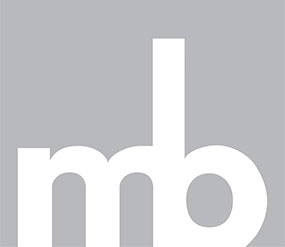In a 7-1 decision released on Tuesday, the Supreme Court has barred the use of the laches defense in patent infringement cases for claims arising during the limitations period set by Congress. SCA Hygiene Products AB et al. v. First Quality Baby Products LLC et al., 580 U.S. ___ (2017). Laches is an equitable defense that protects defendants against unreasonable, prejudicial delay in commencing suit.
The opinion relies on similar reasoning used in Petrella v. Metro Goldwyn-Mayer, Inc., 572 U.S. ___ (2014) which denied use of the laches defense in copyright cases if the infringement occurred within the Copyright Act’s three-year limitations period. In particular, the Court in Patrella held that laches cannot be invoked to bar legal relief in the face of a statute of limitations period enacted by Congress. Petrella, 572 U.S. ___ (2014) (Slip. Op. at 13).
Analogous to the Copyright Act, the Patent Act sets a six-year limitations period for asserting infringement claims and recovering damages; applying Petrella, the Supreme Court in SCA Hygiene found that any claim asserting acts of infringement that occurred within the six-year limit will not be subject to the laches defense. The Court relied on separation of powers, and the impropriety of giving judges a “legislation-overriding” role with the laches defense as compared to the Congressionally-set statute of limitations. SCA Hygiene, Slip. Op. at 4.
Elimination of the laches defense for patent infringement cases does not expand the timeframe in which damages can be asserted, but rather allows potential plaintiffs to selectively pick when to apply the six-year damage period. In practice, the Supreme Court’s decision allows older patents that are close to their expiration date to be asserted against infringers so long as an infringing act takes place during the six-year period before the filing date of the infringement claim. This is good news for patent owners – their patents will retain value even when the patent is close to the end of its term, but at the expense of continued potential of liability for infringers, even if infringing activity had started and the patent owner was aware of the activity more than six year earlier.
As noted in Justice Breyer’s dissent, the potential for abuse is great – plaintiffs can now wait for patent infringement claims to mature before filing suit in order to maximize damages. Non-practicing entities will likely be the primary plaintiffs to take advantage of the Supreme Court’s ruling, since competing companies still have an incentive to file infringement claims early in order to avoid allegedly infringing products or services from entering the market. However, the incentives for non-practicing entities are the opposite, namely, to wait until a six-year window that will maximize damages. Additionally, companies that previously assumed they had avoided potential infringement claims because of the passage of time, including those that have made significant investments to develop their technologies and products based on that assumption, may now be at substantial risk of being targeted for infringement claims.
